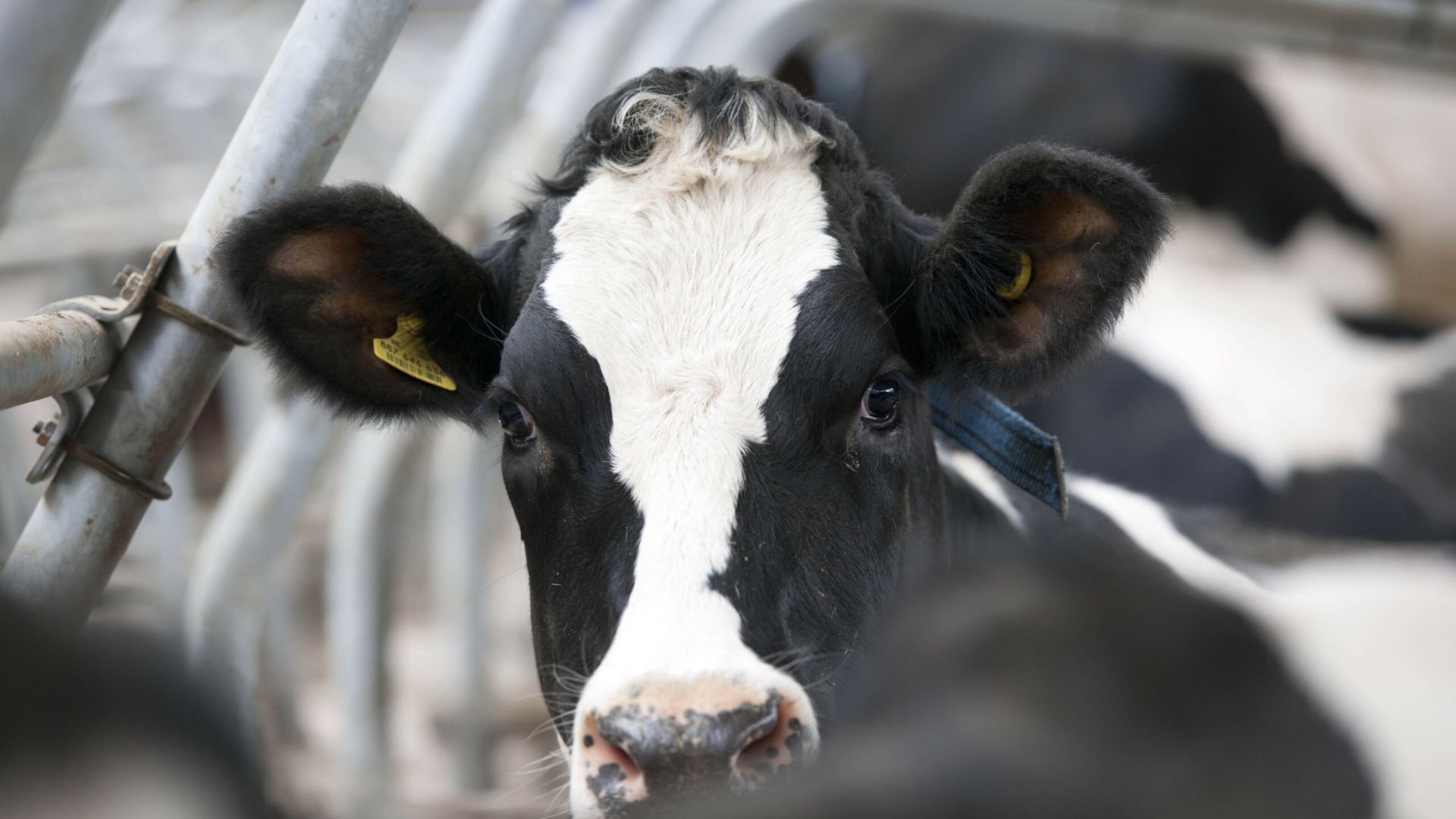Here’s how the EU dairy cow herd looks now

Two European Union countries – Germany and France – have more than a third of all the dairy cows across member states. Between them, they had more than 7 million cows in 2022 out of a total of 20.1 million, according to Eurostat figures. Germany had the largest dairy cow population within the EU, recording 3.8 million animals, accounting for 17% of the total EU dairy population. France had 3.2 million animals while Poland had the third-largest national herd with just over 2 million animals.
The majority of EU countries recorded an annual decline in cow numbers in 2022, with France recording the largest loss with 91,720 (2.7%) fewer animals than in the previous year. One country to buck the trend was Austria, which recorded the largest expansion within the EU last year. The population reached 551,000 head, up 24,090 (4.6%) on 2021. At the other end of the scale, Malta continued to be the smallest milk-producing nation within the EU, with just 6,120 recorded in 2022. There are likely to be further falls in cow numbers this year. In its short-term dairy outlook, the European Commission forecasted a drop of 0.2% in milk production for 2023. With a forecasted 1% increase in slaughtering, there will be less milk available in 2023 due to a declining dairy herd.